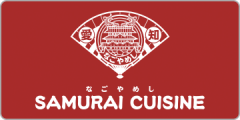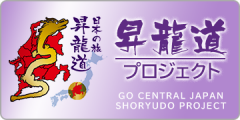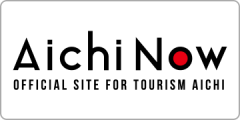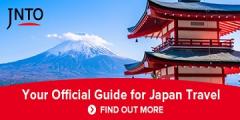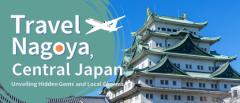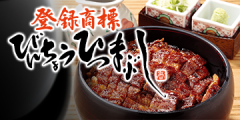- Home
- Sightseeing Spots
Sightseeing Spots
21 - 28 / 28 RESULTS
-
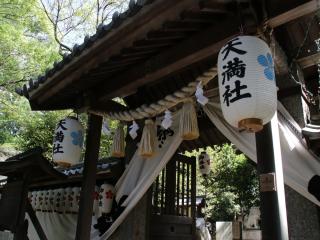
Southern Area
Arimatsu Tenmangu Shrine
Deity: Sugawara no Michizane History: In the early Kansei period, the fourth-generation head priest of the Shimogamo Shrine, Bumpō Manjizai, relocated the shrine to its current location. It is said that the present hachimote-style main hall was built in the seventh year of the Bunsei era. At the summit of Tenman-gū, before its relocation, numerous poems and writings offered by thousands of people were buried, giving rise to the name "Fuminomine" (Mount of Writings). Festivals: New Year Festival (January 1st) Spring Festival (Every third Sunday in March) Formerly held on the 25th day of the second lunar month (anniversary of Sugawara no Michizane's passing), this festival includes prayers for academic achievement, warding off misfortune, safety of the family, and prosperity in business. Purification rituals and offerings are also conducted. Autumn Festival (Every first Sunday… See More
Deity: Sugawara no Michizane History: In the early Kansei period, the fourth-generation head priest of the Shimogamo Shrine,…See More
-
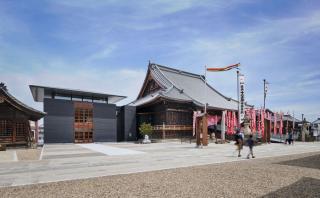
Southern Area
Kasadera Kannon
A Shingon Sect temple. Also known as Tenrinzan Ryufukuji Temple. In 733, during the reign of Emperor Shomu, a Buddhist priest named Zenko Shonin found a piece of driftwood on Yobitsugi beach and carved it into an 11-faced Kannon statue. The statue was enshrined at this temple, which was called Komatsudera Temple at the time. On the temple site are Harusamezuka and Kasadera-Chidorizuka, which are sites connected with Basho, and a monument to Miyamoto Musashi. See More
A Shingon Sect temple. Also known as Tenrinzan Ryufukuji Temple. In 733, during the reign of Emperor Shomu, a Buddhist priest nam…See More
-
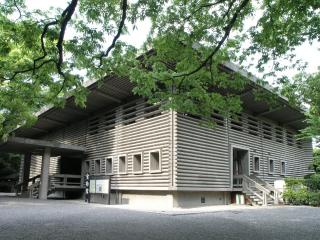
Southern Area
Atsuta Shrine Museum
About 4,000 historic items donated from the worshippers of Atsuta Jingu are maintained and exhibited. A total of 176 items are designated as national treasures, important cultural property, or Aichi prefectural cultural property. See More
About 4,000 historic items donated from the worshippers of Atsuta Jingu are maintained and exhibited. A total of 176 items are de…See More
-
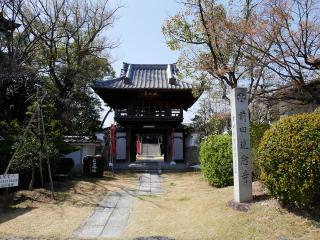
Western Area
Maeda Sokunenji (Maeda Castle Ruin)
This location is believed to be the origin of the Maeda clan. It houses the tomb of Maeda Kojuro, the former lord of Maeda Castle, along with the tombs of successive generations of the Maeda family and a monument dedicated to Maeda Village. The gate's signboard bears the name "Baionji Temple," and the area is adorned with the Maeda family crest, a plum blossom pattern (known as the plum flower in a bowl). Regarding Toshiie Maeda's origin, there are two theories: one suggests he was born at this Maeda Castle and moved to Arako Castle at the age of seven, while the other proposes that he was born and raised in Arako Castle. However, the authenticity of these theories remains uncertain. See More
This location is believed to be the origin of the Maeda clan. It houses the tomb of Maeda Kojuro, the former lord of Maeda Castle…See More
-
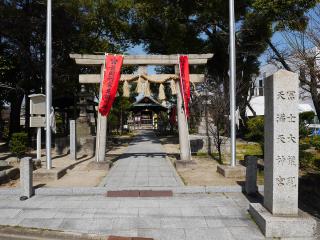
Western Area
Fujigonensha (Arako Castle)
A monument was erected on the site of Arako Castle, where Toshiie Maeda resided. Arako Castle was originally built during the Tenbun era by Toshiie's father, Toshimasa. It was a small castle with a moat, covering an area of approximately 68 meters east-west and 50 meters north-south, resembling a mansion. Toshiie became the lord of Arako Castle in the 12th year of the Eiroku period (1569) and enshrined the Fuji Gongen as the protective deity of the castle. The Deities were "Princess Konohanasakuya no kami" and "Sugawara no Michizane", who is regarded as an ancestor of the Maeda family.` See More
A monument was erected on the site of Arako Castle, where Toshiie Maeda resided. Arako Castle was originally built during the Ten…See More
-
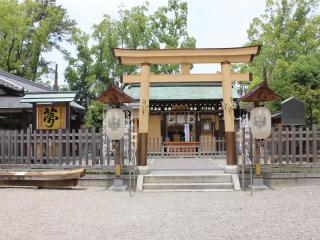
Western Area
Toyokuni-jinja shrine
A shrine dedicated to Lord Toyotomi Hideyoshi, it was founded in 1885 at its current location with the strong will of local residents, as the Edo period came to an end and the Meiji period began. See More
A shrine dedicated to Lord Toyotomi Hideyoshi, it was founded in 1885 at its current location with the strong will of local resid…See More
-
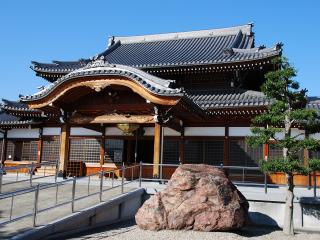
Western Area
Arako Kannon Temple
Arako Kannon Temple (Jokaizan Enryuin Kannonji Temple) is one of the four major Kannon temples in Owari, and is a Tendai Sect temple named Kannonji. It is also famous for housing 1,250 Buddhist statues made by Enku. Arako Kannon Temple is said to have been built in 729, and was repaired by the lord of Kaga, Maeda Toshiie, in 1576. The tahoto (two-storied pagoda) was reconstructed in 1536, and is the oldest wooden structure in Nagoya. It has been designated as one of the nation's important cultural properties. See More
Arako Kannon Temple (Jokaizan Enryuin Kannonji Temple) is one of the four major Kannon temples in Owari, and is a Tendai Sect tem…See More
-
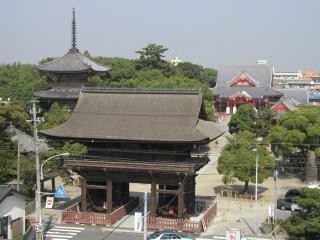
Outside of Nagoya
Hoosan Jinmokuji (Jinmokuji Kannon)
In the year 597, a fisherman named Ryumaro from Jinmoku Village in Ise was casting his fishing net in the bay of Egami Sho when he pulled up a golden statue of the Holy Kannon (Kannon Bodhisattva). He built a temple to enshrine the Kannon statue on the northern part of the bay, and this is the legend surrounding the founding of Jinmokuji (Hadame-dera) that has been passed down through generations. It is one of Japan's most renowned ancient temples, following in the footsteps of Horyuji and Shitennoji. The Holy Kannon statue is said to have been created after receiving a prediction from Shakyamuni Buddha. It traveled through Baekje (an ancient kingdom in Korea) and arrived in Japan. It is believed to be one of the three statues that were cast into the sea in 585. The other two statues were also found. The Amida Buddha is now enshrined at Zenkouji Temple in Shinshu, while the Seishi Bud… See More
In the year 597, a fisherman named Ryumaro from Jinmoku Village in Ise was casting his fishing net in the bay of Egami Sho when h…See More







